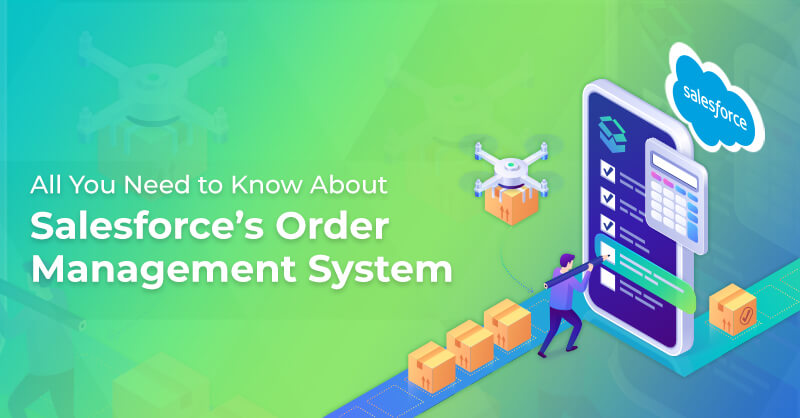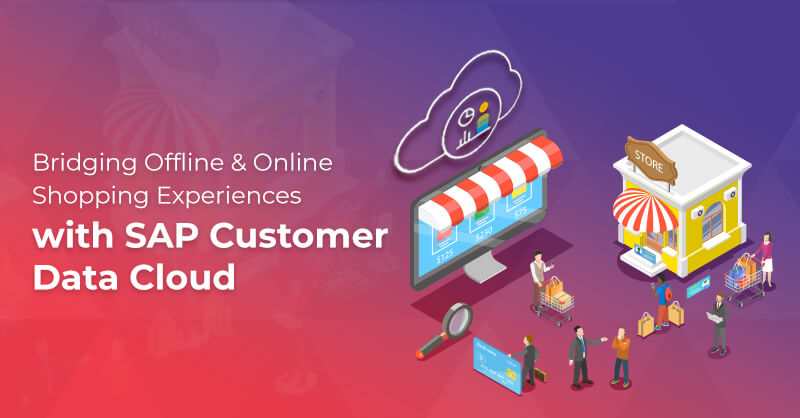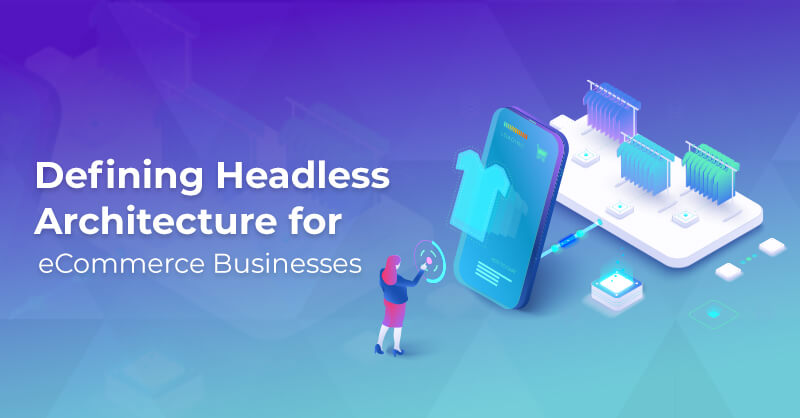How to Migrate to commercetools from any Platform
Written by Shelanne Augustine
Technical Content Writer
and Pranita Narvekar
Business Analyst, Digital Commerce at Royal Cyber
The Need For Headless
The Beauty of Headless Commerce is its agility and scalability, allowing businesses to add new commerce channels to their platform as they come out.
Take voice commerce, for example: within only a few years, more than 100 million smart speakers have been sold. Today, smart speakers are connecting companies with their customers with ease, increasing revenue and customer loyalty.
However, for businesses using monolithic commerce platforms, adding voice commerce isn’t easy. Retailers need to build prototypes, experiment, and create services for their customers that drive loyalty. This process is often painstakingly slow.
The only way out is through a decoupled architecture that allows you to grow and scale the backend and frontend separately, without spending a huge amount of time or budget.
Headless for B2B and B2C
While Business-to-Consumer (B2C) commerce is booming on mobile, there’s no question B2B that digital commerce is also critical for successful business-to-business commerce.
Sources: Forrester Research, Think with Google
Reasons to Migrate:
Agility & Speed: Because of the complex nature and the strict architecture of the monolith platform, developers need to work with many different layers. A task as trivial as building a custom promotion and displaying it in the front-end can often take backend developers a few days to implement. The delays are often due to the complex templating system and data modeling via XML configuration.
With headless, the delays are removed, making site changes quick and simple to implement.
Total Cost of Ownership (TCO): The cost of legacy platforms often comes from three costly factors:
Licenses:
Typically, on-premise solutions are sold in the form of hardware-based (or core-based) licenses. In these circumstances, six-figure licensing fees are common, even for mid-sized companies. This can pose a challenge for brands and retailers, as more hardware is required for growth.
Installation and Maintenance:
The budget for running and maintaining a monolithic installation must be kept in mind as well. The platform needs to be run on multiple application nodes and database servers, generating operating costs for hosting applications.
Updates:
As legacy platforms evolve, there are compulsory updates which need to perform well – sometimes a few times per year. These are often fundamental changes to the core, such as changing internal APIs. To keep up with the changes, businesses need to review and rewrite parts of their custom code to make sure their platform will work with the new updates.
This is a major pain and often requires six-figure investment. Nevertheless, these upgrades are necessary to be eligible for support – which, in the form of a support contract, also generates recurring costs.
With Headless Commerce, these costs are slashed, thanks to cloud-based (premise-free) software and fast installation and updates.
But which headless platform is best? If you’re looking to defy the standard e-commerce capabilities, and provide customers with one-of-a-kind buying experiences, commercetools is the platform for you.
Why commercetools?
When it comes to headless commerce, commercetools is considered the first and foremost digital commerce platform.
What Makes commercetools Unique:
Build as you want: Where many platforms offer a monolithic commerce solution, commercetools provides a “building blocks” approach that can be customized to the business and their unique brand.
Integrate where you like: The API-First approach helps businesses create brand value by enabling their commerce teams to design unique and more engaging digital commerce experiences. Its microservices-based architecture offers a wide range of integrations and reduces the development time required.
Launch when you want: A commercetools project can be implemented in as little as 6-8 weeks.
How to Migrate to commercetools
We’ve made it easy to migrate from any platform to commercetools, thanks to our step-by-step migration guide. With the help of our commercetools experts, you can discover the gaps in your current system, extract your data safely and switch interfaces without any hiccups.
Let’s break down the steps for you:

Discovery and Gap Analysis: Create a list of all of those processes and edge cases. Then decide which need to be migrated immediately, and which can be tackled at a later stage – or even dropped altogether.
Conduct gap analysis against the features which are present out-of-the-box in commercetools.
Construct Migration Roadmap: Build a migration roadmap to list important milestones, deliverables, and a timeline.
Data Extraction: Compare exported data model with commercetools data model. commercetools uses an extremely flexible data model that allows for real-time updates to its structure. Rather than changing a table in a database and then mapping it back, you can change the data model in real-time using the Merchant Center or directly on the API level.
Importing and Verifying Data: While commercetools does offer its own version of ImpEx, it’s easier to use custom code to parse the CSV you exported from your legacy platform. Then extract the data you want and import it into commercetools by calling the appropriate APIs.
Creating Custom Extensions: It is impossible to find a one-size-fits-all solution for all implementations, so we will build custom extensions for your business.
Migrating User Interface: The term “migrate” is a bit of a misnomer in this context, because in most cases, you are facing a complete rebuild. It’s not possible to carve out and re-use the frontend code – because the storefront is tightly connected to your old platform’s core, especially if you have used something like a Hybris accelerator as the basis for your frontend. Don’t worry. We’ll take care of the rebuild for you.
Innovative Commerce with Micro-Services:
The “Innovative Commerce” is a solution that addresses the monolithic approach limitations by introducing micro-services (u-services) architecture that puts innovation as the top priority, while creating experienced capability teams to support this new model.At Royal Cyber, we have suggested a framework for helping different business migrate their digital assets from current, monolithic, or legacy systems to commercetools. Using a phased migration approach (instead of a big bang approach), we disturb operations as little as possible and mitigate our clients' risks.
Want to learn more? Contact a certified commercetools expert to get started.










